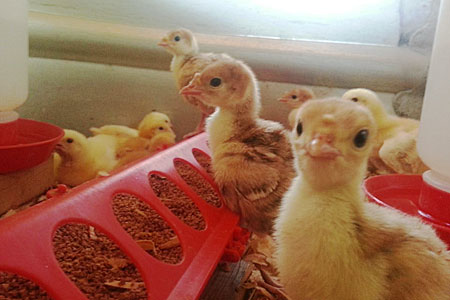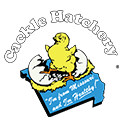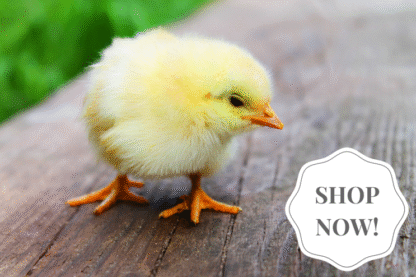
Starve-out occurs when turkey poults (baby turkeys) fail to eat. As a result they literally starve to death. But, as dire as it sounds, preventing starve-out is not difficult with proper poult management.
Reasons for Starve-Out
Poults learn how to eat from the mama hen. Since chicks are quicker learners than poults, “I recommend including a few chicks in the brooder to teach them to eat,” says Jeff Smith of Cackle Hatchery®. Additionally, make sure feed is both available and accessible.
Feed may be unavailable for many reasons. For instance, poults might run out of feed, and the feeder isn’t refilled in a timely manner. Or maybe the feeder is not in a good position, such as being too high for them to reach.
Feed may actually be available, but the poults don’t or won’t access it. For example, if the feeder is far from the heat source, poults may not venture far enough away from heat to find it.
If the poults are too cold, instead of seeking out feed they’ll stay huddled together to keep warm. Not incidentally, huddling can lead to the second biggest problem with poults — piling, during which some poults are likely to smother.
Another reason for starve-out in turkey poults is that they fill their crop with brooder bedding. When the crop becomes impacted with bedding, feed cannot pass through and the poults starve. For the first few days, cover brooder bedding with paper towels sprinkled with feed for poults to peck at.
Impaction can also come from eating too much sand or grit. “Never give sand or grit to poults, Smith advises. “Starter feed has everything they need. Poults can eat too much grit, which impacts the crop so that food can’t pass.”
How to Identify Starve-Out
Starve-out usually occurs soon after poults have absorbed the residual yolk sac, which is 3 to 5 days after they hatch. When you order poults by mail, the residual yolk sac will be pretty much used up by the time they arrive.
Starve-out may also occur between 6 and 10 days after hatch. In that case, the poults would have started eating and then stopped. So be on the alert during the entire first two weeks of brooding.
Aside from observation, a way to determine that poults are eating is to check their crops, starting the day after you placed them in the brooder. Use your fingers to gently make sure crops are full and slightly soft. If crops are not full, the birds aren’t eating. If crops are full and hard, they are probably impacted with bedding or grit.
“Starve-outs are common with poults, so you have to watch out for that,” says Smith. But with keen observation and careful management, you should have no trouble preventing starve-out in your turkey poults.
Helpful Links
Heritage Turkey Poults from Cackle Hatchery®
Broad Breasted Turkey Poults from Cackle Hatchery®
How to Choose the Best Turkey Breed
And that’s today’s news from the Cackle Coop.
Gail Damerow has written several books about keeping poultry, many of them available from the Cackle Bookstore.

